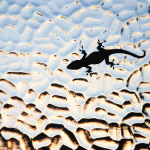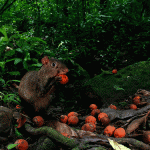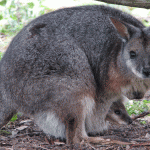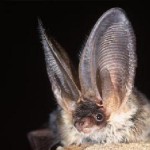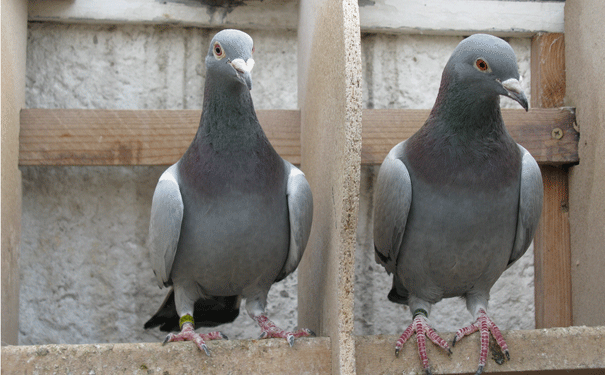
Pigeons' navigational sense is still a mystery. Image: Shutterstock
Scientists still don’t know how pigeons find their way home.
Homing pigeons are well known for their incredible sense of direction, believed to be the result of a specialised sense that allows them to navigate using the Earth’s magnetic field. Scientists from The University of Western Australia (UWA) and The Institute of Molecular Pathology (IMP) in Vienna, Austria, have revealed that these cells are macrophages (white blood cells).
“The mystery of how animals detect magnetic fields has just got more mysterious,” IMP researcher Dr David Keays said. “We had hoped to find magnetic nerve cells, but unexpectedly we found thousands of macrophages, each filled with tiny balls of iron.”
A team from UWA, led by Dr Jeremy Shaw, analysed thin tissue samples from pigeon beaks, using transmission electron microscopy, to characterise the types of minerals present. “Our contribution confirmed that the iron in the macrophage cells in the pigeon beak were normal iron deposits composed primarily of protein bound iron in the form of ferrihydrite, similar to that found in many other animals,” Shaw said.
“Magnetite is thought to be the likely candidate magnetic material.”
The iron-rich macrophage cells were also found in the feather follicles and skin cells, suggesting that they are widely distributed throughout the pigeon’s body. They are unlikely to be involved in magnetic sensing, as they cannot produce electrical signals that can be registered by neurons and influence the pigeon’s behaviour.
The study published in Nature has changed current theories on avian magnetic navigation and the search for the magnetic cells will continue. Scientists are also investigating whether other animal species such as bees, rainbow trout and sea turtles use similar navigational tools.
Source: UWA and Eureka Alert

